Lifestyles
A Rich Pour - Column No. 19: Scotland - A One Week Odyssey (Part 1)
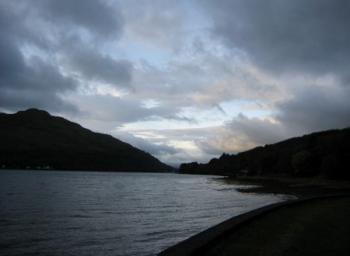
Doug Kuebler (jazznut)
Cigar Weekly Managing Editor
Monday November 2, 2009
____________________
Day One: Sunday September 27
It took far too long to set foot in Scotland. Yet there my good friend Ian and I stood one overcast September Sunday morning. We had just landed at Glasgow International Airport following a jet stream assisted overnight flight from Toronto, Canada. The clock in the arrivals concourse crawled past 5:30, and the expressions on our faces reflected fatigue and elation. A Customs agent pleasantly queried the nature of our visit, then wished us a good stay.
With nothing else to do until the car rental booth opened, we contented ourselves with coffees and sweets at the Starbucks concession, which remained all but empty. After hours of listening to the din of jet engines, mumblings of movie characters and conversations of fellow passengers, the quiet was appreciated if a little disconcerting.
Car details salted away and the road ahead finally in sight, the two of us embarked on our left lane adventure. We crossed Erskine Bridge three roundabouts later, made a turn onto the Great Western Road and drove toward Loch Lomond. Traffic was almost non-existent, and the sudden transition from Lowland suburbia to Highland countryside had our heads spinning in awe-struck fashion.
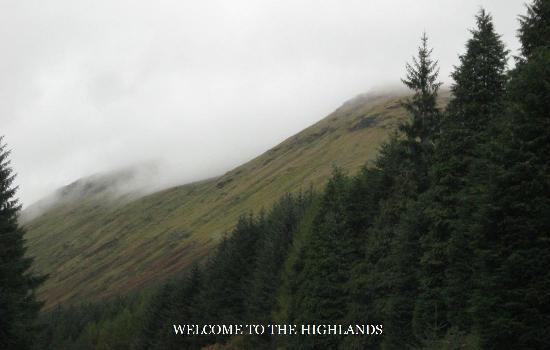
“Oh my goodness,” we exclaimed to one another over and over again.
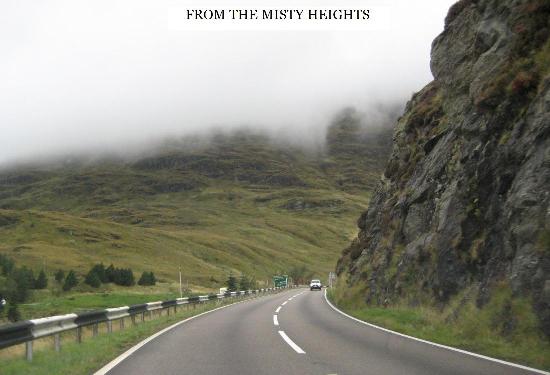
The decimation of the ancient Caledonian forests left behind vistas of brutal beauty, as our initial two-day looping route through Argyll to Glencoe clearly revealed. Mile after mile, we gazed upon rocky crags surrounded by tones of brown and green. From the misty heights, rainfall cascaded down the mountainsides in numerous burns, or streams. Stone ruins of crofters’ cottages and castles dotted the landscape, bearing witness to a time when the struggle to survive climate and conflict permeated Scottish society. Desolation intertwined with a strange sense of enticement. Were those ancestral voices I heard emanating from the hilltops?
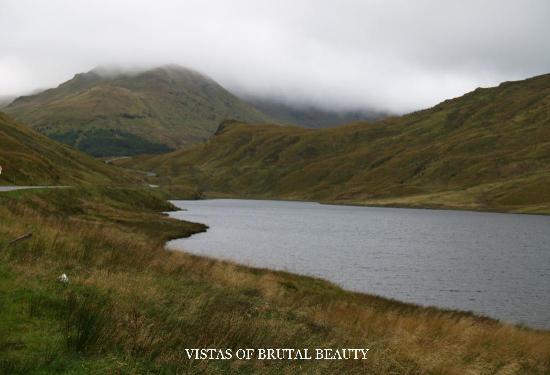
Mid morning saw us round the northern tip of Loch Fyne, veer southward along the western shoreline and enter the Royal Burgh of Inveraray. The town seemed to be slowly coming to life upon our arrival, and Ian and I grasped the opportunity to get our bearings and explore the area. We sauntered over to Inveraray Castle, an imposing 18th-Century palatial dwelling occupied by the Duke of Argyll and located but a short distance away, walked the grounds and then retraced our steps in the light, intermittent rain.
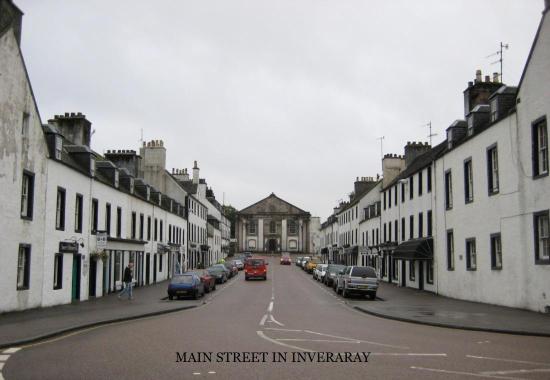
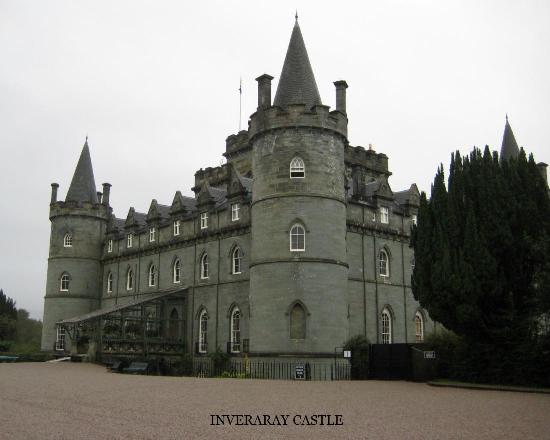
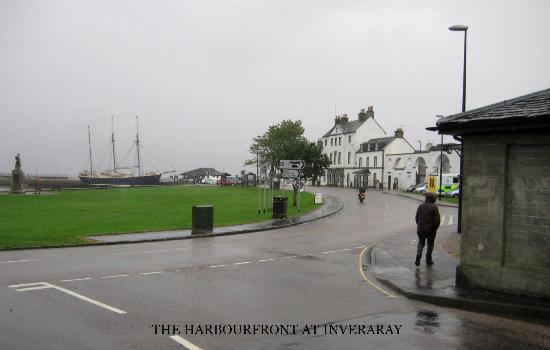
Two Main Street destinations beckoned in the early afternoon. We lunched in the conservatory restaurant at the George Hotel, an amalgamation of a pair of late 18th-Century homes. Barely a table was to be had, and the waiters bustled about bringing platefuls and glassfuls to the smiling Sunday clientele. I opted for a delicious fresh local seafood platter, and we each ordered pints of Fyne Ales’ Avalanche, a 2008 World Beer Awards winner in the Pale/Blond category. The Avalanche, with its deft touch of hop-induced crispness, went down all too easily.
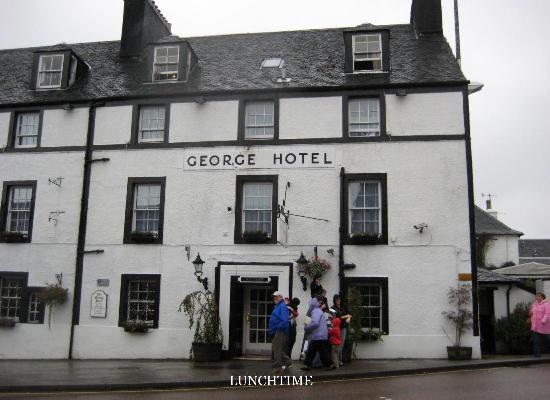
Even as I happily indulged my hunger and thirst, however, a tiny store right across the road called out to me. Loch Fyne Whiskies, established in 1993, rapidly grew into one of the most reputable retail and mail-order purveyors of the water of life in Scotland, and perhaps in the world. Entering this Aladdin’s den of spirituous delights, I became dizzy. Bottles on the walls. Bottles on the shelves. Bottles on the ceiling! An inner call for resistance battled with a temptation to blow my budget on the spot.


I explained my dilemma to the amiable, bespectacled Andy Burns, who took pity on my meagre request for a 5 centilitre miniature of 5-month old cask strength Kilchoman from the Isle of Islay’s newest and westernmost distillery.
“Aye,” Andy responded. “That one will let you know whether you’re alive or not!”
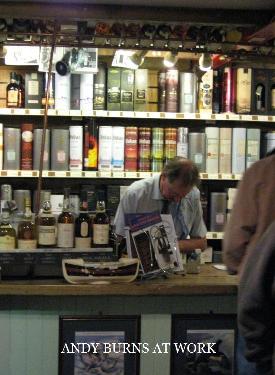
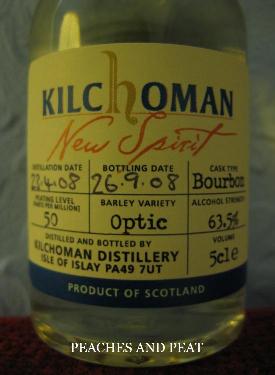
And so it did later on, the 63.5% alcohol level melding effortlessly into a beautifully balanced flavour of sweet poached peaches and intense peat – amazingly polished and palatable for such a youngster.
Out into the daylight and back on the highway, my friend and I continued on to the site of our first night’s stay, Minard Castle. Originally built during the 1700s as Knockbuie House, then enlarged and renamed in the mid 19th-Century, the residence, set amidst 144 acres of gardens, forests and fields, commenced operating as a bed and breakfast in 1997.

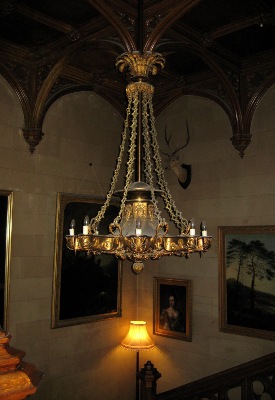

Time warped backward as we eyed the castellated stone façade, stepped into the foyer and toted our bags up the central stairway. A trio of stags’ heads and an assemblage of sombre appearing nobles in heavy gilded frames peered down at us ominously. Fortunately, our second floor chamber, which looked out over Loch Fyne, felt bright, spacious and comfortable.
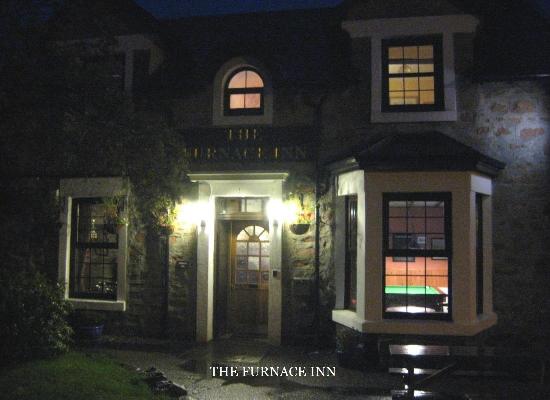
That evening, Ian and I drove to the pub at the Furnace Inn for dinner. My portion of pan fried duck was crisp and succulent, the pint of John Smith’s Cask Bitters rich and refreshing. We returned to Minard in the darkness to bed down for the night, half expecting a ghost or two to be haunting the hallways. None was.
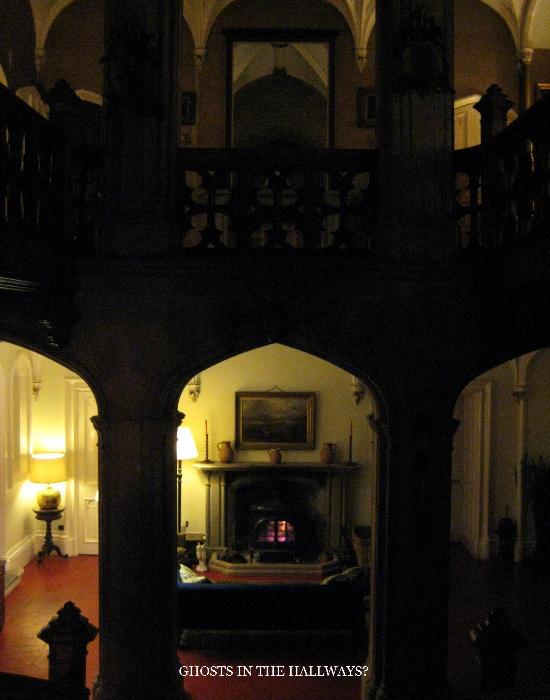
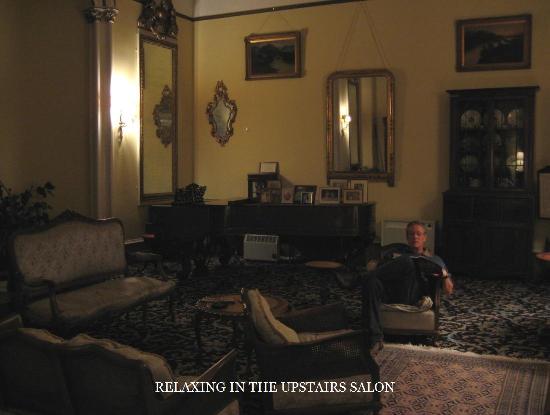
Day Two: Monday September 28

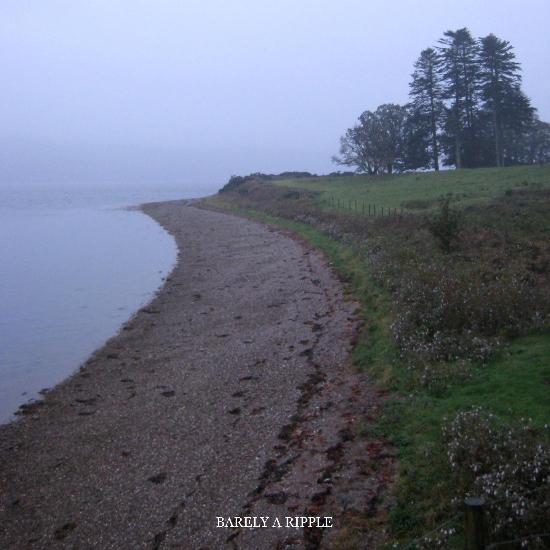
Awakening Monday morning, the two of us elected to take an early-hours walk through part of the estate. Otherworldly tranquility pervaded the atmosphere. The golden creatures guarding the main gate posed forever frozen in time and space. Loch Fyne’s waters could barely manage a ripple. Dampness and persistent drizzle lent the dense vegetation an enveloping, rain forest-like aura. A gothic ruin known as the Old Laundry rose mysteriously from the path-side undergrowth. A young deer calmly stared us down from behind a field gate before ambling off into the woods. We ambled off to the elegant dining room for a full Scottish breakfast and, calorie replenished, began to seize the day.
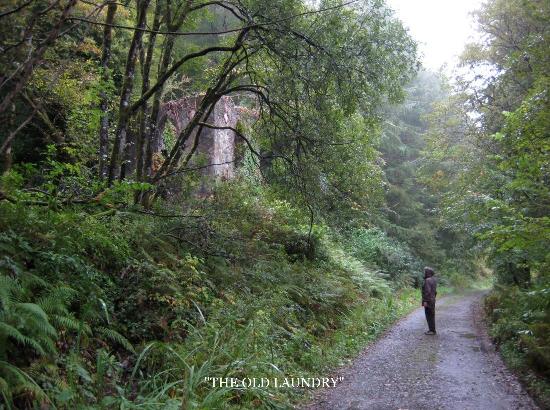

On the road again, first southward and then northward as we ventured toward the west coast of the mainland. Along the way, Ian and I happened upon the village of Kilmartin, a hamlet steeped in history.


The local parish churchyard is home to a notable collection of grave slabs dating from the 1200s through to the 1700s. Some of the more vulnerable of these tombstones have been moved under a protective canopy, while others repose outside in the rectangular Poltalloch enclosure.


Ian and I also visited the Nether Largie Stones, a millennia old grouping of free-standing astronomical markers situated a hop, skip and jump to the south of the village. Herds of sheep wandered the field with us or settled in the wet grass. Sheep here. Sheep there. Sheep almost everywhere. A Highland reality we would come to accept.
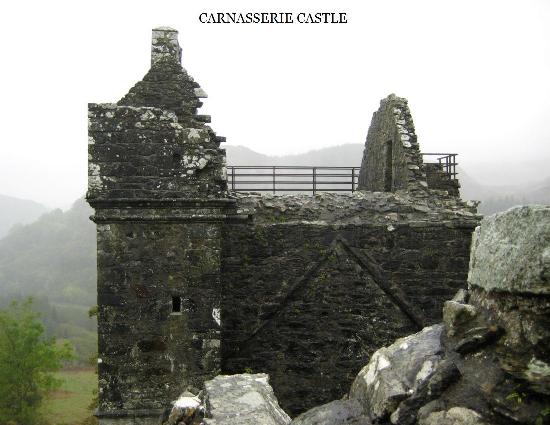
Though the two of us had slept soundly the prior night in a castle, the next we encountered proved more elusive and bare-boned in nature. Carnasserie, built during the 16th-Century by John Carsewell on a ridge overlooking Kilmartin Glen, only came into view once we’d rounded the last bend of a moderately steep pathway. The weathered surfaces of the castle’s battered stonework seemed to grow gloomier by the second in the mist and rain. My friend and I embraced this evocation of the past, climbing stairwell after slippery stairwell to experience the ambiance to full effect. In contrast, the cows at the base of the pathway appeared oblivious to the magic of the place.
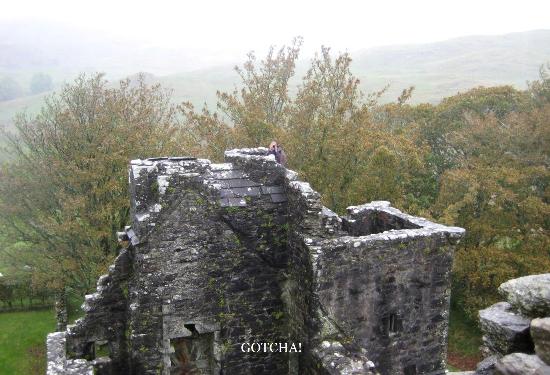
“Tourists,” they probably muttered to themselves.
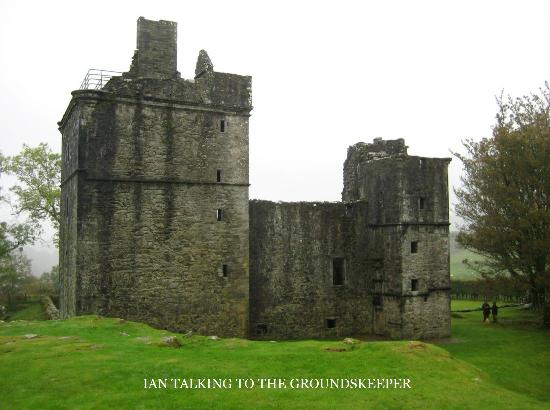
Leaving the olden vestiges of Carnasserie and Kilmartin behind, Ian and I re-entered the 21st-Century as we motored into Oban. Oban is an attractive community boasting a degree of frenzied activity and a number of places of interest that belie its relatively modest population. The town, known as the Gateway to the Isles, also plays a prominent role as a ferry terminus owing to its central coastal location and naturally sheltered bay.
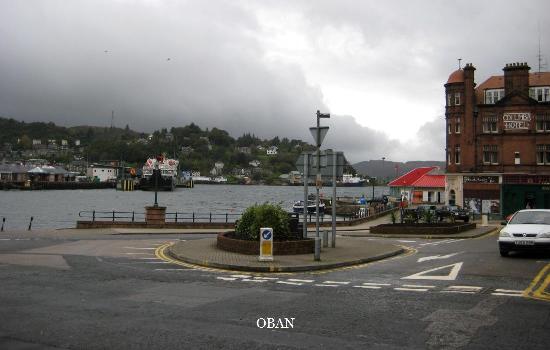
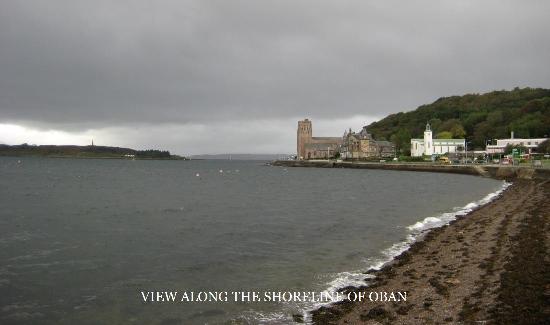
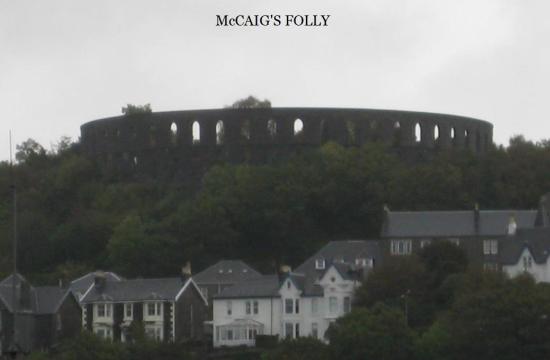
At first, our eyes couldn’t help but focus on the large, coliseum-like structure perched atop a hill overlooking Oban. A Roman ruin, perhaps? Alas, not. Rather, a never completed edifice erected between 1897 and 1902 by wealthy banker John Stuart McCaig, and variously entitled McCaig’s Tower or McCaig’s Folly. So much for the illusion of antiquity.
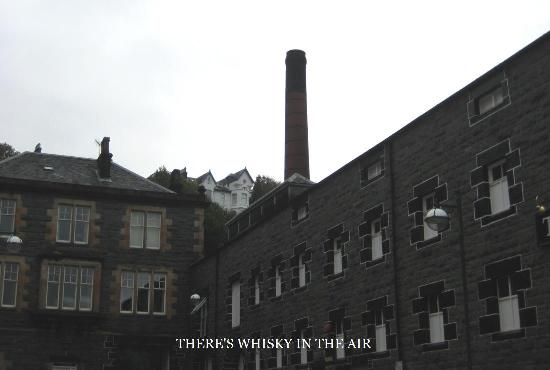
More important to the two of us, though, was what stood on Stafford Street seventy odd feet beneath McCaig’s circular creation – namely Oban Distillery. And as chance would have it, a tour of the distillery, which traces its origin back to the late 18th-Century, began only a few minutes after Ian and I walked through the front entrance. From the warmth of the stainless steel mash tuns, through the pungent, yeast-imbued fragrance emitted by brew bubbling away within the European larch washbacks, to the tiny yet tidy two-pot still house, our tour guide John both charmed and enlightened his international entourage, which included individuals from Scotland, Wales, England, Belgium, South Africa, the United States of America and, of course, Canada.

Near the end of the tour, we all retired to a dimly lit storage room. Here, aided by a series of backlit bottles, John outlined how the single malt of Oban changes over the course of its oak maturation cycle. He then offered each of us a small measure of spirit distilled in 1996, drawn directly from the cask at approximately 54% alcohol by volume. I revelled in sampling this whisky, and noted that its brine element seemed much more to the fore when compared to the comparatively restrained saltiness of the darker gold, standard 14-year old distillery issue.
“There really is something to be said for drinking whisky where it’s made,” I thought to myself.
Eager beaver that I am, I perhaps asked one too many questions during the tour. After all, how many people would want to know to what level the low-wines and spirit stills are filled, the percentage of the spirit still run-off collected for transfer to cask or the exact strain of barley used by the distillery? (It’s Troon, by the way.)
John got his revenge, however, when he chose me to play guinea pig for a little experiment. The experiment consisted of my describing exactly where I sensed the flavours of Oban on my palate while I tasted it as it poured, with a drop of water splashed into the middle of the glass, and finally after swirling the whisky and water together. A very generous dram it was, too. And though I passed muster articulating the differences of the three variants, my legs felt rubbery on the way out. At least I put a smile on John’s face.

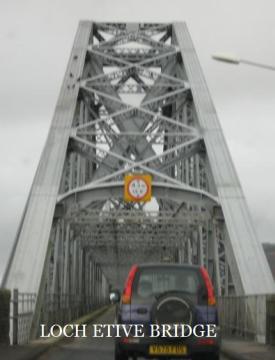
The day was now fast flashing by, and the time to ponder our next course of action imminent. Ian and I sped northward across the Loch Etive Bridge at Connel and alongside the waters of Loch Linnhe, aiming to reach the village of Ballachulish and Craiglinnhe Guest House before dusk. We made it.

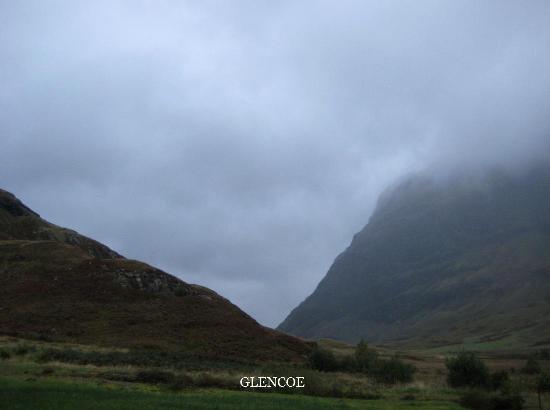
If the precipitous terrain of Loch Lomond and Argyll had made us pause in wonderment, the mountains of Glencoe stopped us dead in our tracks. Probably a good thing too, as we’d once considered tackling the heights of this magnificent region. But for the moment, hunger won out over hiking, and Ian and I made haste for our chosen dinner destination.
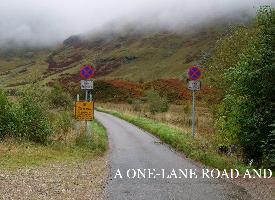
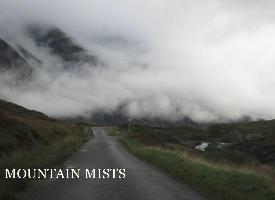
The Clachaig Inn, a convivial meeting place for climbers and couch potatoes alike, snuggled in a valley amidst nipple-tipped Sgorr na Cìche (often referred to as the Pap of Glencoe), steeply faced Sgorr nam Fiannaidh and towering Bidean nam Bian, one half mile in from the highway along a winding, single lane road.
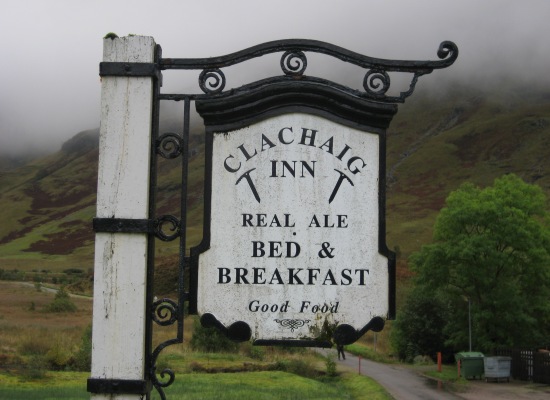
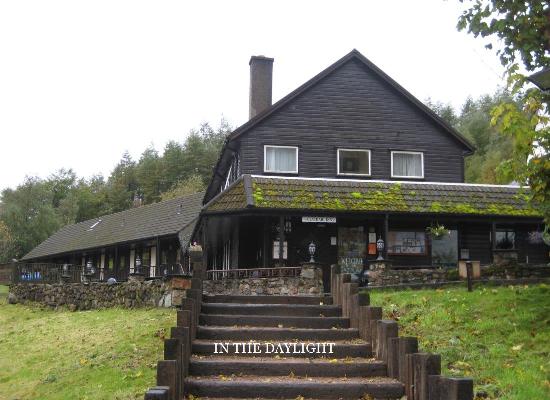
We plunked our weary bodies in the wood panelled Bidean Lounge and perused the menus, both solid and liquid. I ordered grilled venison steak and a dram of Gordon & MacPhail’s 1995 cask strength Highland Park, bottled from a refill Sherry hogshead in 2006 at 57.2% alcohol. The steak was cooked to perfection. As for the golden hued whisky, I found that a sweetness derived from the wood tended to accentuate the Orkney saltiness more than the heather and peat. A tad young and lacking in complexity, perhaps, though still very palatable. I chased down my meal and Scotch with Cairngorm Brewery’s Sheepshagger Gold, its smooth, pronounced malt aspect and subdued hop bitterness providing a fitting finale to the feast.

Stepping out into the darkness of the evening, the two of us paused to breathe in the fresh mountain air, then headed back to the Craiglinnhe for a good night’s slumber. We were to need every last second of sleep. For the following day’s itinerary would prove long, demanding and ultimately fulfilling.
To be continued...
________________________________________
Doug Kuebler (jazznut) is an inveterate aficionado and collector of wines and whiskies from around the world. Doug has organized wine and food seminars as well as written extensively on wines and liquors. His well-received book set, The Tumbler's Guide to Single Malt Scotch Whisky, is available from Topeda Hill Publishing.
